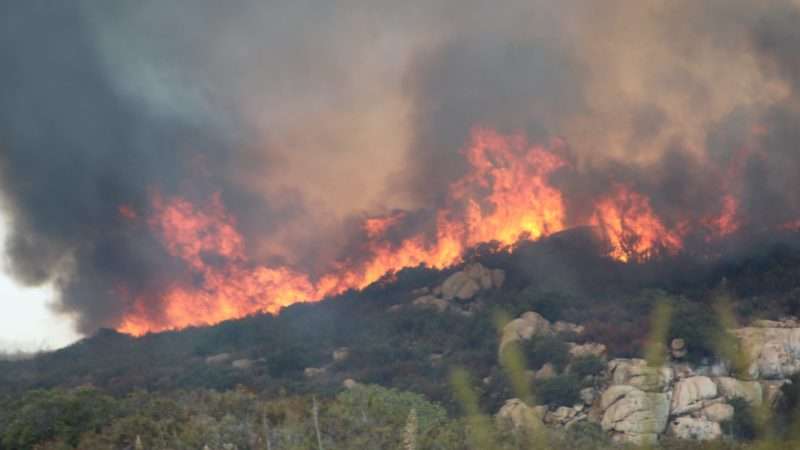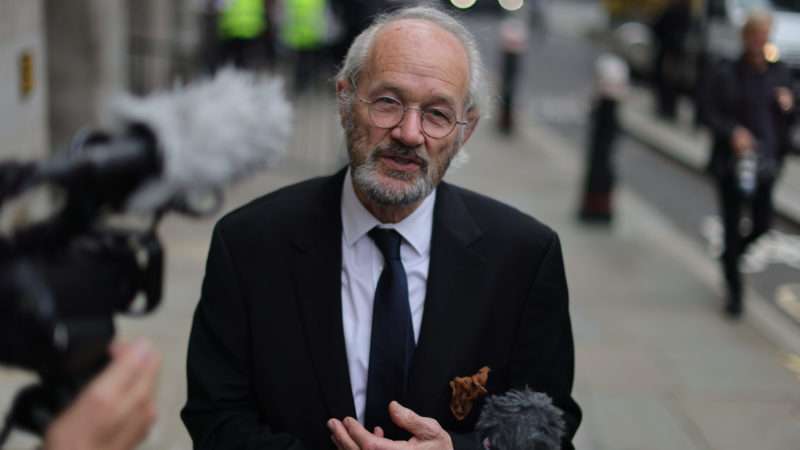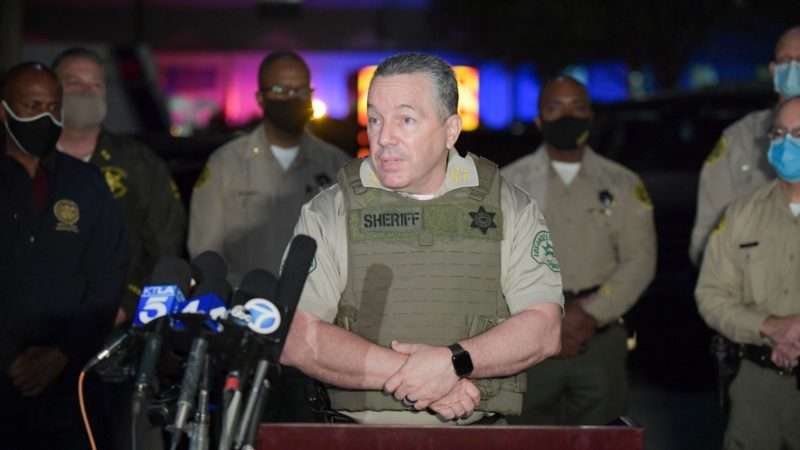The government acting as proprietor of nonpublic fora (or so-called “limited public fora”)—for instance, advertising spaces on public buses—may impose many kinds of viewpoint-neutral restrictions on speech in those fora. A ban on listed vulgarities on public transit ads, for instance, might well be constitutional (even though a governmental ban on billboards containing such material on private property would not be).
But the restrictions must still be not just viewpoint-neutral but “reasonable,” which the Supreme Court held (Minnesota Voters Alliance v. Mansky) requires, among other things, that they be “capable of reasoned application.” And, as in Minnesota Voters Alliance, today’s Third Circuit decision in Center for Investigative Reporting v. Southeastern Pennsylvania Transportation Authority (SEPTA) (written by Judge Joseph Greenaway, Jr., and joined by Judges David Porter and Morton Greenberg), held that a ban on “political” speech wasn’t clear enough to qualify:
[W]hen asked during oral argument whether SEPTA would determine a series of hypothetical advertisements to be in violation of the current Advertising Standards, [which ban {advertisements that “contain political messages” and those that address “political issues,”}] SEPTA’s counsel’s answers further highlighted the arbitrariness of the decision-making process. For example, when we asked whether an advertisement that depicted three girls of different races holding hands with a message that says, “This is how racism ends,” would be political, counsel for SEPTA responded “no, I don’t think so.” When the Court adjusted the hypothetical to include the same picture with a message that says, “This is what America looks like,” counsel for SEPTA responded by asking, “Who’s putting the ad on?” That response highlights the extent to which the current Advertising Standards are susceptible to erratic application.
{SEPTA also accepted an advertisement that included a Black youth wearing a t-shirt that says “My Life Matters.” Although such a statement arguably should not be “political,” the phrasing “My Life Matters” clearly alludes to the Black Lives Matter movement, which campaigns against violence aimed at Black people and which has become a lightning rod in the media. To many, such an advertisement would clearly be prohibited under the Advertising Standards, even as revised by the District Court. Yet [SEPTA General Counsel Gino] Benedetti determined that it was not.}
As the Mansky Court explained, while the First Amendment does not require “[p]erfect clarity and precise guidance,” when the “restriction[s] go beyond close calls on borderline or fanciful cases …[,] that is a serious matter when the whole point of the exercise is to prohibit the expression of political views.” A policy as ill-defined as SEPTA’s carries “[t]he opportunity for abuse, especially where [it] has received a virtually open-ended interpretation.”
To be sure, one or two inconsistencies hardly proves that SEPTA has arbitrarily applied its Advertising Standards, but the lack of structure and clear policies governing the decision-making process creates a real risk that it may be arbitrarily applied. And CIR has amply demonstrated that at least on a few occasions that risk has become a reality. Accordingly, we reverse the District Court’s holding that the current Advertising Standards are capable of reasoned application.
Sounds right to me; note that this decision doesn’t cast doubt on exclusion of “political” ads that are more clearly and narrowly defined, such as ads that mention a candidate for office (incumbent or otherwise) or a ballot measure.
Thanks to Howard Bashman (How Appealing) for the pointer.
from Latest – Reason.com https://ift.tt/32rMmNw
via IFTTT




